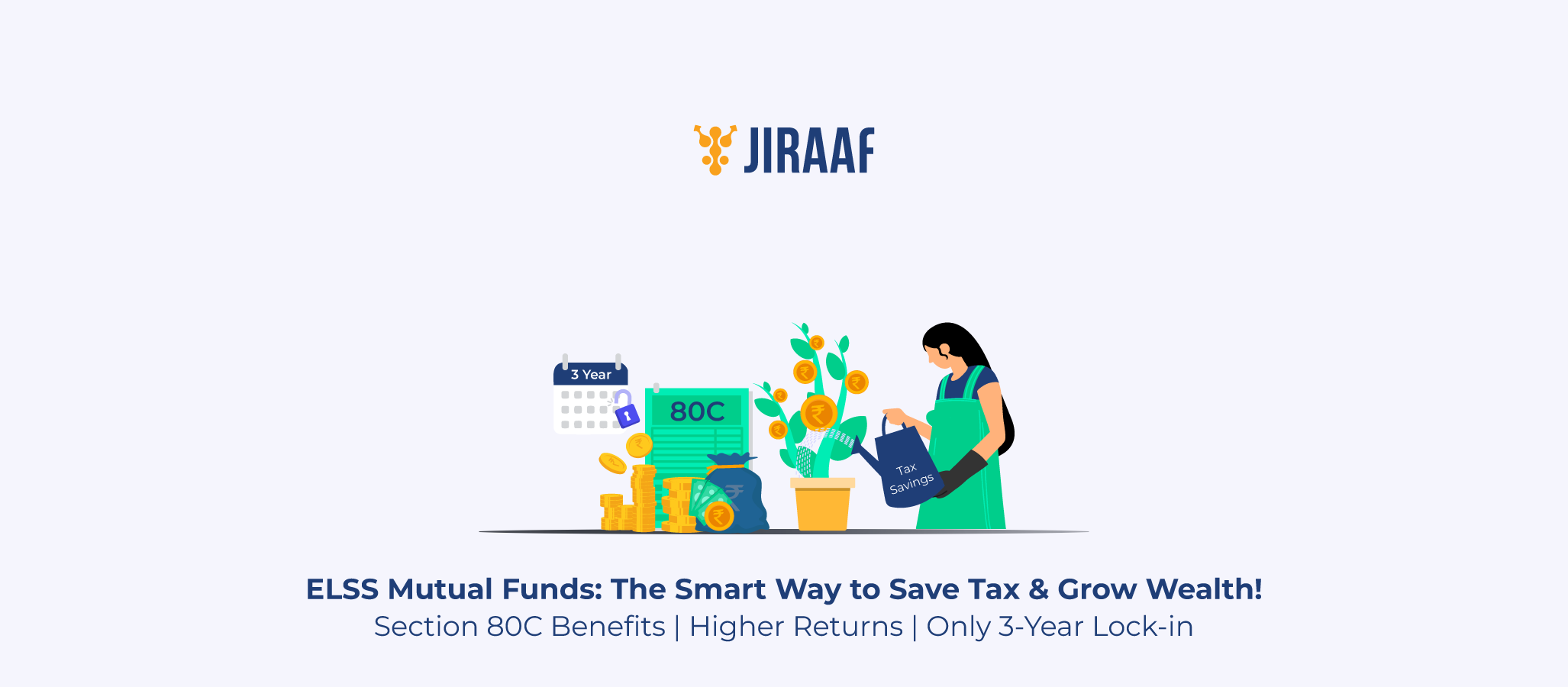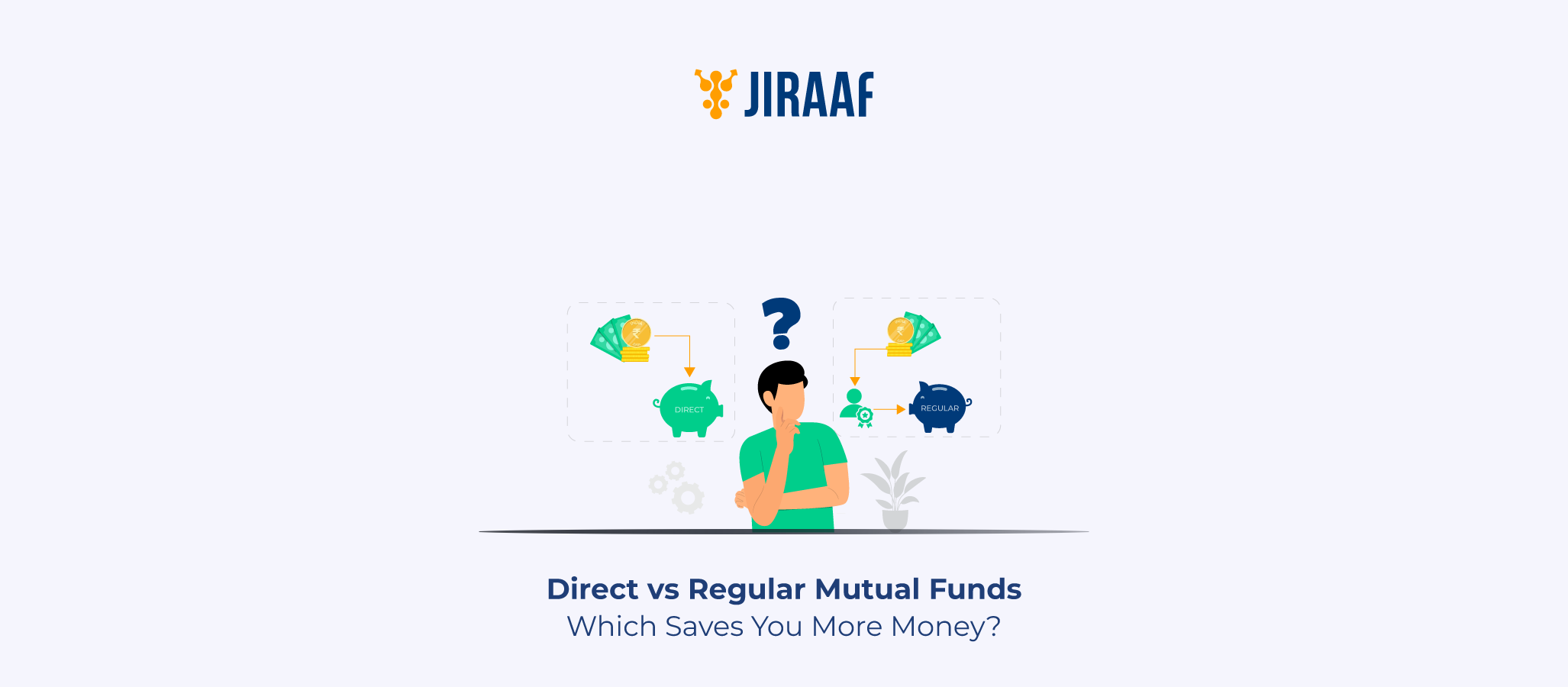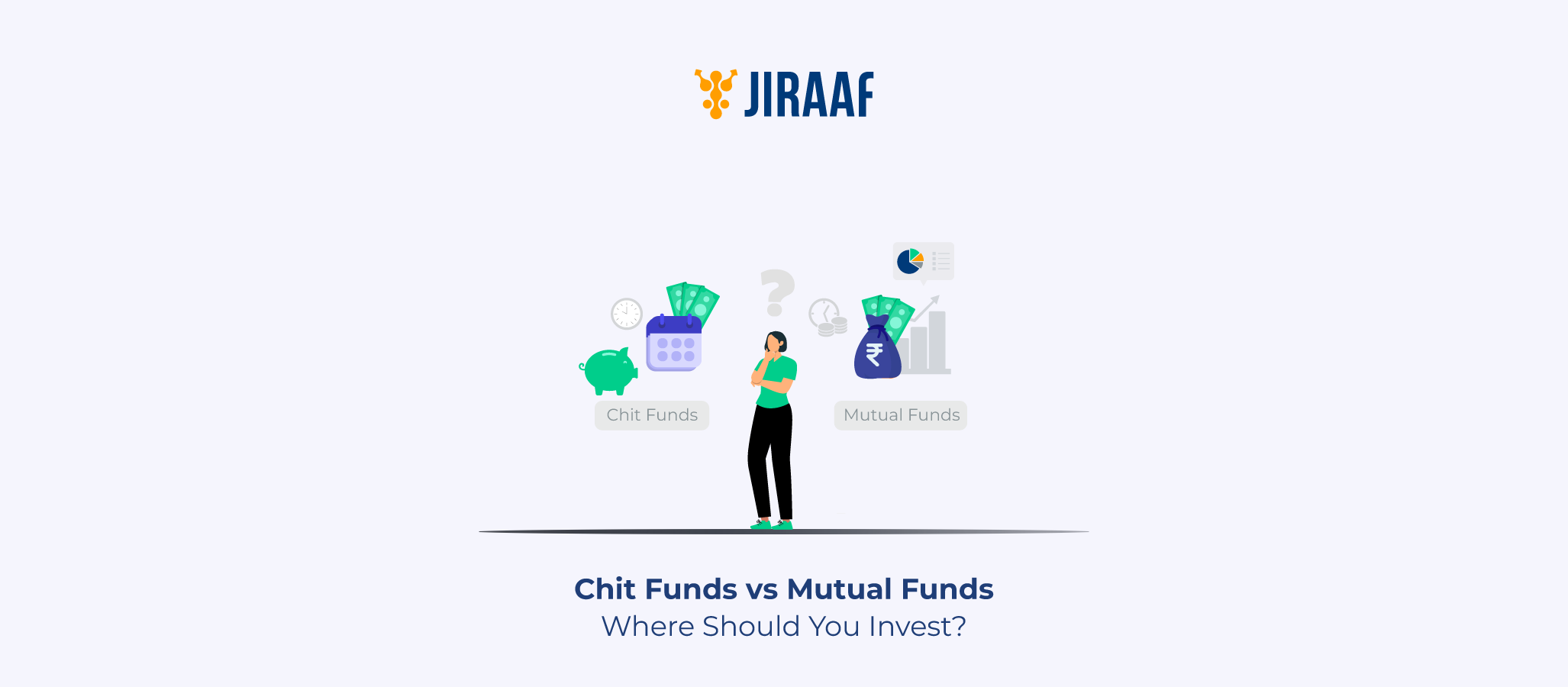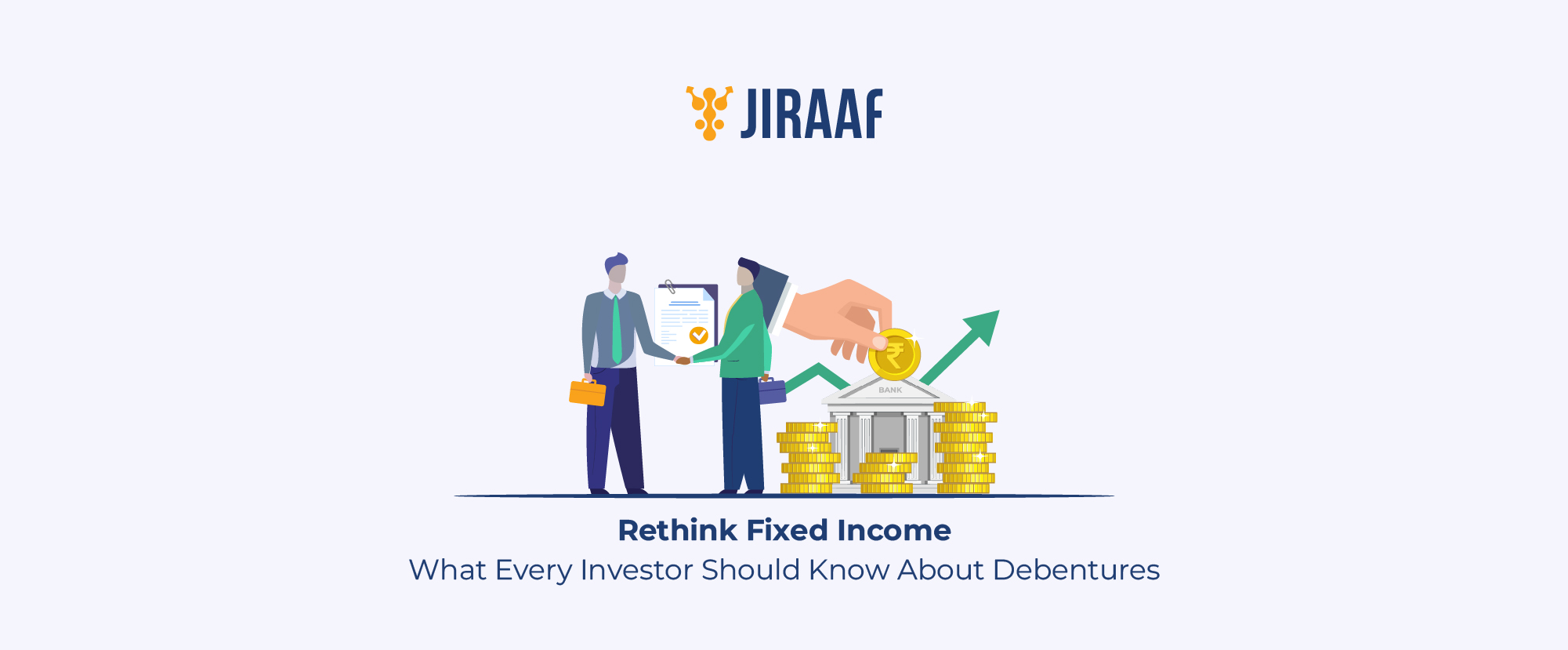If you want to increase your wealth and reduce your taxes, mutual funds issued by the Equity-Linked Savings Scheme (ELSS) are a wise investment option. Compared to other traditional tax-saving investment alternatives such as public provident funds (PPFs) or fixed deposits (FDs), ELSS investments not only offer tax deductions under Section 80C (up to ₹1.5 lakh/year), but they also invest in stocks for longer-term, better returns.
Let’s examine the operation of ELSS Mutual Funds, their lock-in period, potential profits, and associated risks. Find out how ELSS can help you save taxes and grow your wealth regardless of whether you’re an investor, freelancer, or salaried employee.
What is an ELSS Mutual Fund?
ELSS Mutual Funds are the mutual funds that invest in stocks and other equity-linked investment instruments, although being the shortest of all tax-saving investment options since they have a lock-in period of only three years. If you want to save taxes under Section 80C of the Indian Income Tax Act while pursuing larger returns, ELSS is a fantastic option. Equities and equity-linked securities make up at least 80% of the resources in ELSS Mutual Funds, with the remaining portion may be exposed to debt. There are no restrictions on how you can use the ELSS Funds once the lock-in period is complete.
Tax Benefits of Investing in the ELSS Mutual Fund
- Tax benefits under Section 80C: The taxable income can be deducted by up to ₹1.5 lakhs annually for ELSS investments made within the fiscal year.
- Long-term capital gains (LTCG): ELSS gains are subject to the 12.5% LTCG tax on capital gains of more than ₹1.25 lakhs in the ongoing fiscal year.
- Dividend Taxation: The tax rate applicable on your income bracket will decide how the ELSS dividends are taxed.
ELSS Mutual Fund Comparison: What to Look For?
There are certain factors that you need to understand before investing in ELSS Mutual Funds. Since ELSS funds invest in the stock market, make sure to be open to market volatility. Additionally, there is a three-year lock-in period, which means you cannot access the money during that time, so carefully understand your current, situational liquidity needs. Look at how the fund has performed recently and its expense ratio because higher costs can lower your returns. Although there is a three-year lock-in, ELSS Mutual Funds are best suited for long-term objectives, and longer investment periods can yield better results. Lastly, make sure your portfolio is diversified; don’t invest all your tax-saving money just here.
Pros and Cons of Investing in ELSS Mutual Fund
ELSS Mutual Fund investments comes with its own advantages and disadvantages that you should know of before putting your money in. Some of the benefits are:
- Shortest lock-in period: ELSS Mutual Funds have a set lock-in period of only three years, unlike PPFs (15 years) or FDs (five years).
- High returns potential: Most of the investments made by ELSS funds are in the stock market, which have the potential to yield significant returns in the future. Historically, ELSS funds have performed much better than conventional tax-saving options like FDs and PPFs.
- Investing through SIPs: Systematic investment plans (SIPs) are an option for investing in ELSS which make it simpler to save and invest smaller amounts on a regular basis.
- Diversification: ELSS Funds invest across sectors and market caps, therefore offering diversification and dropping risk.
- Tax benefits: ELSS Mutual fund investments offer tax benefits under section 80C and LTCG, as well as on the dividends.
With all these benefits, you still need to consider the possible cons of the investment, like:
- Market risk: There is no assurance of profits. The performance of the stock market can cause your investment to fluctuate.
- No premature exit: Units cannot be redeemed before three years have passed.
- Fund selection: Picking the right fund might be challenging for first-time investors.
Who Should Invest in ELSS Mutual Funds?
For investors seeking to reduce taxes while pursuing long-term wealth accumulation, ELSS Mutual Funds are ideal. Here’s who stands to gain the most from this:
- Salaried professionals: If you are an employed person in a higher tax bracket (20-30%) ELSS is a better option than more conventional solutions like PPF or tax-saving FDs to lower your taxable income under Section 80C. In contrast, ELSS Funds invest in stocks, which have the lowest lock-in period of any tax-saving vehicle at three years and offer more growth potential (historically offered 12–15% returns).
- Young investors with long-term goals: If you are in your 20s-30s and making plans for retirement, buying a house, or your child’s education, ELSS can help you accumulate wealth while reducing your taxes. Starting early can maximize your compounding gains because stocks perform best over a period of minimum five years.
- Moderate risk takers: ELSS funds are subject to market risk since they invest in stocks. However, because of their sector diversification, they are less volatile than pure equity funds. ELSS is an excellent choice if you are willing to put up with short fluctuations in exchange for relatively higher profits.
- SIP investors seeking discipline + tax benefits: ELSS allows for SIPs, allowing you to make recurring investments of with just ₹500 per month while deducting taxes. For salaried people who like a systematic, hassle-free approach, this is ideal.
Since ELSS Funds are equity-linked instruments that are vulnerable to short-term changes, they might not be suitable for ultra-conservative investors who cannot withstand market fluctuations. Due to the required lock-in period, ELSS are also not a good choice for anyone who needs liquidity within three years. Additionally, ELSS can be avoided by short-term tax planners looking for assured returns because, unlike classic tax-saving choices like FDs, they offer market-linked growth rather than a fixed income.
Conclusion
ELSS (Equity Linked Savings Scheme) funds are a popular tax-saving investment option under Section 80C of the Income Tax Act. They offer a unique combination of tax efficiency, potential for high returns, and investment flexibility. Unlike traditional tax-saving instruments, ELSS funds have a relatively short lock-in period of just three years – the lowest among 80C options. Being equity-oriented, they have the potential to generate substantial long-term wealth, though they do carry market-related risks. For investors seeking to grow their capital while saving on taxes, ELSS funds present an attractive avenue that balances tax benefits with wealth-building opportunities.
FAQs
Top 5 Best Performing ELSS Mutual Funds.
The top best-performing ELSS Mutual Funds as of 2025 are below
- Motilal Oswal ELSS tax saver fund
- SBI Long term equity fund
- HDFC ELSS tax saver fund
- Quant ELSS tax saver fund
- DSP ELSS tax saver fund.
Tax deduction limit u/s 80C
Investing in ELSS funds can make you eligible to claim tax deduction up to ₹1.5 lakhs u/s 80C of Income Tax Act.
What Is the Lock-In Period in ELSS Mutual Funds?
According to SEBI regulations, lock-in periods—which can last anywhere from a few months to several years—are periods where an investment cannot be sold or redeemed. There is a three-year lock-in period for ELSS Funds. Importantly, compared to other section 80C tax-saving strategies, this lock-in period is shorter.
Is ELSS taxable after 3 years?
Returns on ELSS are taxed as capital gain. Whether returns are taxed as LTCG at 12.5%.
Discover fixed income investments with Jiraaf, a SEBI registered online bonds platform that educates and brings access to a wide array of bonds. Sign up today to explore diversified fixed income investment opportunities to support your goal-based wealth creation journey. Start investing!









